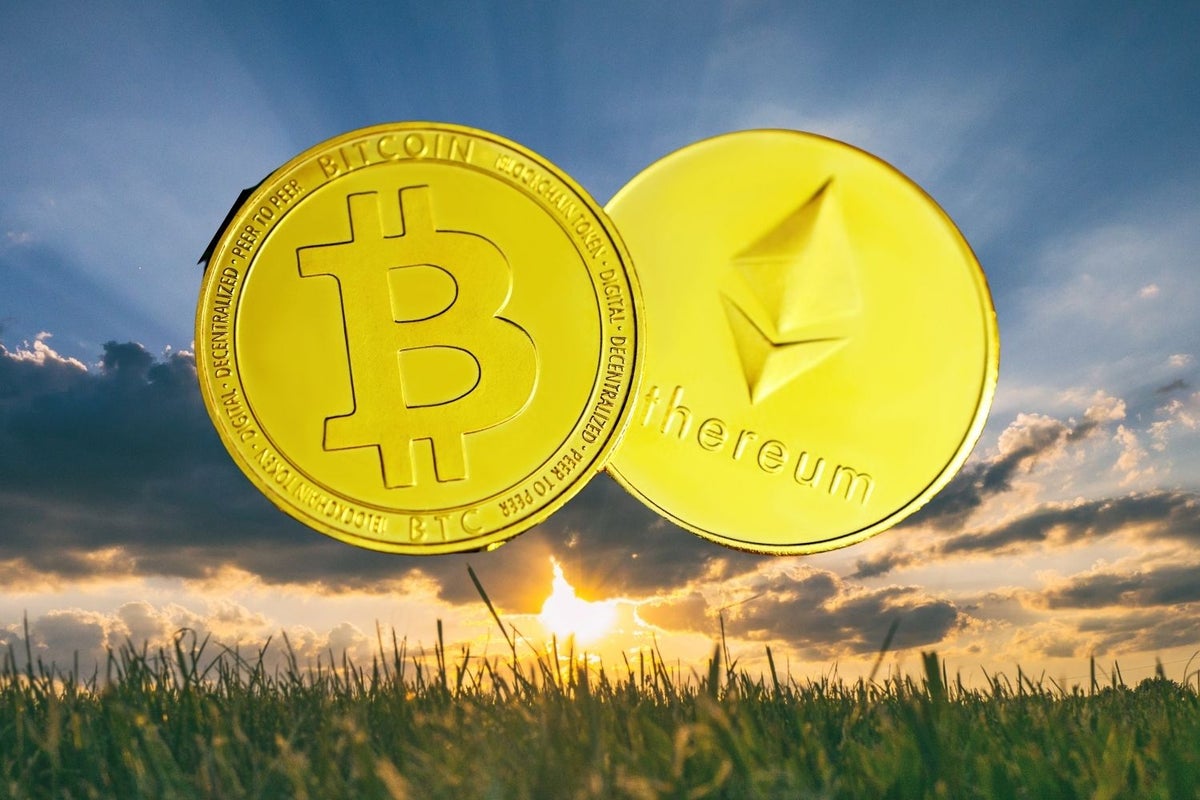[ad_1]
When cryptocurrencies first started gaining the attention of mainstream investors in early 2017, a number of crypto pundits were quick to claim that they could act as an effective hedge against inflation.
Citing the limited token supply of cryptocurrencies like Bitcoin BTC/USD as the chief reason, a coterie of influential crypto investors and enthusiasts believed this scarcity would propel cryptocurrency prices higher, even in a high-inflation environment.
However, ever since the 2017 boom that saw Bitcoin appreciating by nearly 1900% within the calendar year, cryptocurrencies have exhibited extreme price volatility and have moved in the opposite direction of the overall inflation trend.
In fact, Bitcoin has been under severe price pressure since the U.S. inflation rate grew from 4.7% in 2021 to 7.1% in November 2022, warranting a careful analysis of why cryptocurrencies haven’t proven to be a safe hedge against rising inflation.
Correlation With Equity Markets’ Price Trends Cementing Risk Asset Status
With high inflation rates often leading to value erosion of fiat currencies like the U.S. dollar, investors across the globe have always been on the lookout for safe havens.
In that sense, precious metals like gold have been the go-to asset class for both retail and institutional investors, preferring the yellow metal’s relatively low price volatility to other riskier asset classes during such times.
Against this backdrop, the hype around cryptocurrencies being able to theoretically negate the debilitating effects of inflation while increasing in value drew in hordes of millennial and GenZ investors to this digital asset class. With the younger generation even shunning other proven asset classes for cryptocurrencies, expectations of Bitcoin reaching the $100,000 mark in 2022 were running high.
Instead, the world’s leading cryptocurrency has eroded by more than 70% this year and almost erased all the gains recorded since the onset of COVID-19.
This is eerily similar to how global equity markets have performed ever since central banks around the world began tightening their grip on the global liquidity pipeline.
As interest rates continue to trend higher, the demand for cryptocurrencies has been waning as investors allocate more capital toward debt instruments.
Additionally, even though countries like El Salvador and the Central African Republic (CAR) have recognized Bitcoin as a legal currency, the entire class of cryptocurrencies has been unable to shake off the risk asset tag as they continue to trade with increasing volatility since July 2021.
High Price Volatility Inhibiting Crypto’s True Potential
A general comparison of how gold has performed in the past throws up interesting observations.
The metal is currently trading at prices that are similar to the previous all-time high levels of ~$1,900 it reached in the latter half of 2011.
This is despite prices appreciating by ~18% since early 2020; effectively delivering negative returns for those who had invested in the precious metal a decade earlier, after adjusting it for inflation.
Yet, gold is considered a hedge against inflation, and many countries continue to hold large reserves of gold bullion. This leaves us with just one glaring reason why Bitcoin or Ethereum ETH/USD has not been able to win the trust of large institutions and governments; its raging price volatility has only been amplified by a spate of bankruptcies that have marred the crypto space throughout 2022.
Also read: Dogecoin Mascot Kabosu Cheats Death, Bounces Back; Experts Share Investment Strategies For Meme Coin
The failures of large crypto hedge funds like Three Arrows Capital (3AC) has only served to underscore the risks of investing in cryptocurrencies, even if it has nothing to do with the safety or security provided by blockchain networks in facilitating global payment networks.
Leading Cryptocurrencies Are Still Years Away From Mass Adoption
According to Chainalysis’ 2022 Global Crypto Adoption Index, developing economies like India, Vietnam, and Brazil are rated higher than countries like the U.S., the United Kingdom, and China when it comes to crypto adoption. The ratings are based on a number of parameters including the peer-to-peer (P2P) exchange trade volume, retail centralized service value, and DeFi value received in comparison with the purchase price parity (PPP) per capita. This ranking sheds light on the huge variance seen among major nations when it comes to the usage of cryptocurrencies for financial transactions.
As long as crypto investors and the community at large wade through an uncertain and sometimes harsh regulatory environment, investing in cryptocurrencies will draw mixed reactions from the average consumer.
What may destigmatize cryptocurrency investing is establishing a globally accepted regulatory framework that promotes the usage of these new-age digital assets as a reliable store of value.
In the absence of such a conducive environment, cryptocurrencies may continue to perform in line with underlying macro trends and remain susceptible to devaluation risks that usually heighten during periods of high inflation.
Next: White House Visitor Logs Reveal Meetings Between Sam Bankman-Fried, Biden Advisers
[ad_2]
Image and article originally from www.benzinga.com. Read the original article here.

